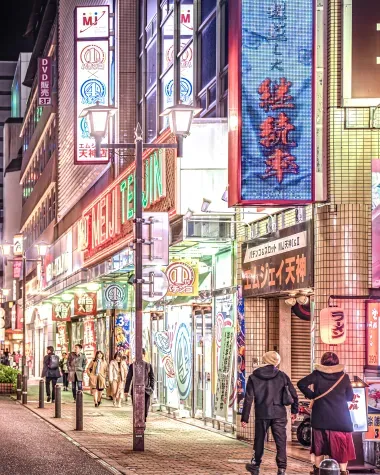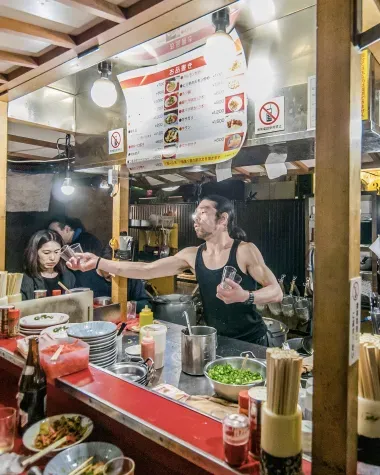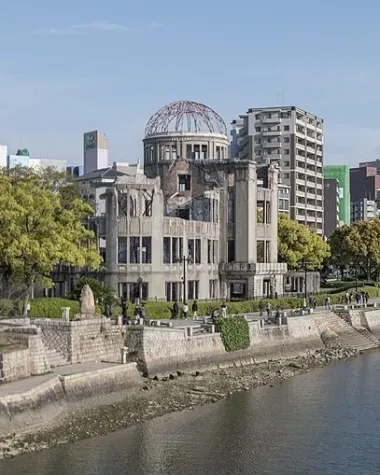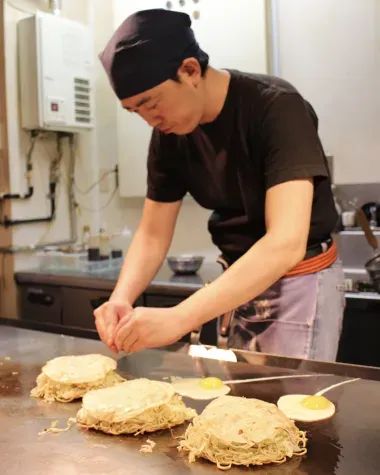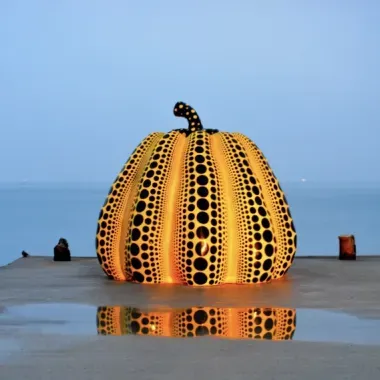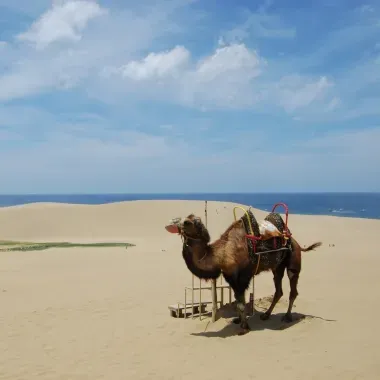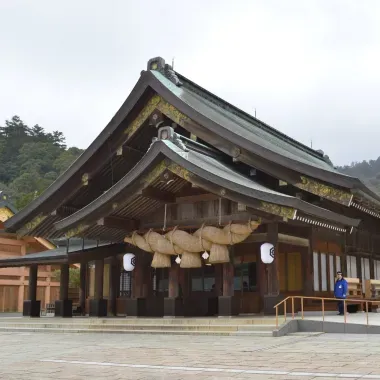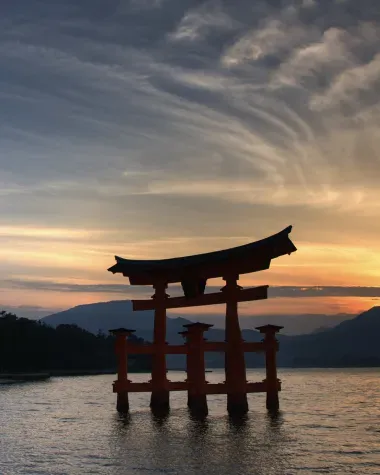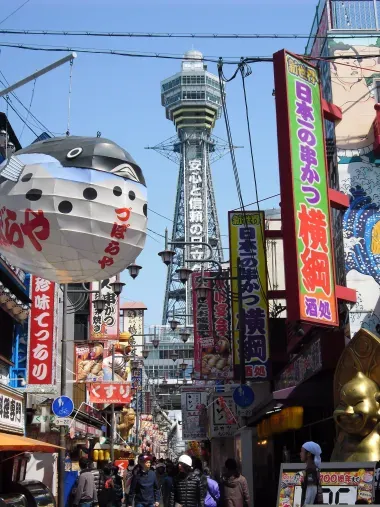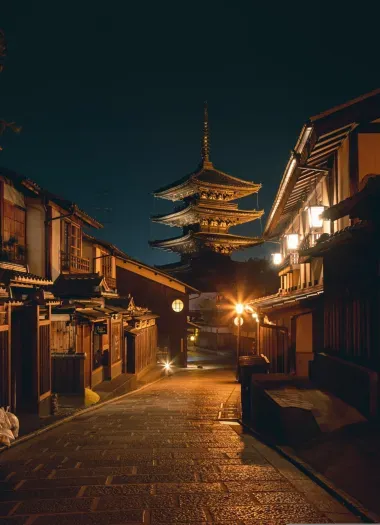Sanyo San'in Pass

La región del Oeste Sanyo
Descubre Hiroshima, restaurada después de la Segunda Guerra Mundial, el monumento y su castillo son un símbolo de lo que fue el sistema feudal japonés.
La ciudad de Fukuoka te sorprenderá por su cultura única. Su puerto ubicado justo frente a Corea, fue el centro de los primeros intercambios entre el archipiélago y el continente. Una encantadora mezcla de urbanidad y tradición, es una ciudad histórica que no debes perderte.
Haz una parada en los jardines de Okayama, maravilla de colores y de luz. El pase también te permite utilizar el transporte público entre Osaka, Nara y Kyoto, y el Ferry Miyajima donde puedes admirar el famoso Torii de su santuario de Itsukushima, Patrimonio de la Humanidad por la UNESCO.
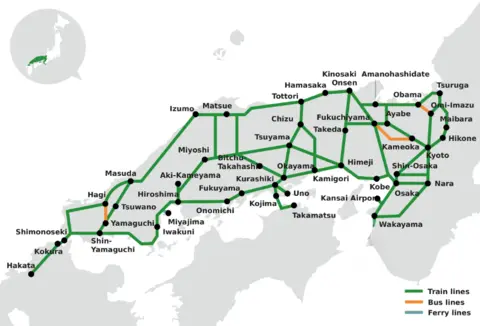
Highlights of the SANYO-SANIN Pass:
How to use the SANYO-SANIN Pass
Delivery
- We will send the e-voucher to your email address within 5 business days of your order. If you want to get it sooner, please contact us. (The e-voucher is NOT the actual ticket, you cannot take trains using the voucher)
- You can print out the e-voucher on paper, or you can simply show the voucher on your mobile device when you exchange it.
Exchange
You can exchange the voucher for the Sanyo-Sanin Pass at one of the following locations:
(you will need to present your passport at the time of exchange)
Validity
The voucher we send you is valid for 90 days from the date of issue, and must be exchanged in Japan within this time.
The Sanyo-Sanin Pass is usable for 7 days from the date of activation.
The following train lines are included in the pass:
Seat Reservations
- With the pass, no additional fee is required for reserved seats.
- Non-reserved Ordinary Class cars can be accessed freely just by showing the pass.
- For reserved first-class seats (Green cars), you will have to pay additional fees.
- To access the platforms, show your pass to the JR staff located at the platform gates.
- To reserve a seat, take the pass to JR staff at the ticket office.
- It is a personal pass, and cannot be transferred to someone else.
- Please always carry your passport when using the pass, as station and train staff may check it.
Cancellation and Modification
- An unused voucher is refundable for up to one year from the date of issue.
- The voucher can be refunded if it has never been exchanged in Japan for the pass.
- A cancellation fee of 15% of the price of the voucher will be retained.
- No refund is possible for a voucher more than one year after the date of issue.
- No refund is possible for a lost or stolen pass.
Eligibility
Visitors traveling as tourists who have a temporary visitor entry status are eligible to use this pass.
Japanese passport holders are not eligible for this pass.
Exploring Western Japan
The Sanyo and Sanin regions of Japan encompass a wide range of prefectures and locales, taking travelers from the largest cities to the charming, though often overlooked, countryside. Access the sandy beaches of Wakayama, the bustling urbanscape of Osaka, and then keep heading down to see the historic Hiroshima, and then top off your journey with Kyushu, whose largetst city of Fukuoka is a culinary capital with countless activities to offer.
Fukuoka
La ciudad más meridional cubierta por el paso es Fukuoka, que sorprenderá a los visitantes por su cultura única; su zona portuaria, situada frente a Corea, fue el centro de los primeros intercambios entre Japón y el resto del continente asiático.
Fukuoka tiene su ración de bellos santuarios y templos para los que buscan lugares históricos. Uno de los distritos más famosos de Fukuoka, Hakata, es mundialmente conocido entre los amantes de la gastronomía por su comida callejera y el legendario Hakata Tonkotsu Ramen, una delicia local de fideos con un caldo hecho de huesos de cerdo cocidos a fuego lento.
Encantadora mezcla de urbanidad y tradición, es una zona histórica de visita obligada.
Hiroshima
Hiroshima, a un trayecto relativamente corto en Shinkansen desde Osaka y Kioto en Kansai, se ha ganado un lugar conmovedor en la historia del mundo donde se lanzó la primera bomba atómica en 1945. Pero esta moderna ciudad ofrece algo más que recuerdos. Con su Parque Conmemorativo de la Paz, es una ciudad de esperanza. Ofrece a los visitantes numerosas atracciones turísticas, como un castillo de Hiroshima reconstruido y los jardines Shukkei-en.
Además, Hiroshima es a menudo citada por su cultura culinaria, que ofrece interpretaciones únicas de la comida callejera japonesa, como el Okonomiyaki, que a menudo lleva yakisoba en la parte inferior para diferenciarlo de la interpretación más clásica de Osaka. Las ostras son también un famoso manjar de Hiroshima, a menudo consumidas crudas o en otros platos. Visite esta simbólica ciudad de cultura e historia.
Área de Chugoku
El pase también incluye lugares como el santuario de Izumi en Shimane, Tottori y sus famosas dunas de arena, Tsuruga en Fukui, conocida por sus estupendas playas, así como las estaciones de Takamatsu en la isla de Shikoku y Uno, ambos puntos de acceso a la isla artística de Naoshima. A esta zona se llega fácilmente en tren desde Hiroshima.
Área of Kansai
No se pierda los jardines Korakuen en Okayama, uno de los tres mejores jardines de Japón. El pase también le permite utilizar el transporte entre Osaka, Nara y Kioto, y el ferry a Miyajima, en Hiroshima, donde podrá admirar el famoso Torii del santuario de Itsukushima, declarado Patrimonio de la Humanidad por la UNESCO.
El JR Sanyo Sanin Area Pass da acceso a un conjunto muy diverso de destinos accesibles a través de varios sistemas ferroviarios, incluido el Sanyo Shinkansen, al que llegan trenes como el Nozomi Shinkansen, el Mizuho Shinkansen, el Hikari Shinkansen, el Sakura Shinkansen y el Kodama Shinkansen.
Preguntas frecuentes
